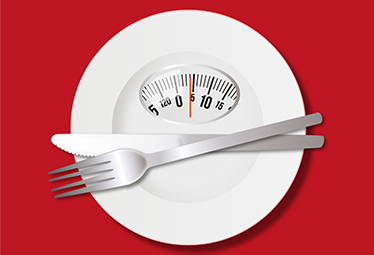 Long confined to spiritual or medical circles, fasting is now making a comeback as a tool for health, well-being and even performance. Is this just a trend or a food revolution? We investigate a thousand-year-old practice that has become a contemporary phenomenon.
Long confined to spiritual or medical circles, fasting is now making a comeback as a tool for health, well-being and even performance. Is this just a trend or a food revolution? We investigate a thousand-year-old practice that has become a contemporary phenomenon.
A return to basics
Not eating... voluntarily? It may seem counterintuitive in our affluent societies. And yet, more and more people are turning to fasting to relieve their bodies, regain energy, or simply regain control over their relationship with food.
From celebrities to top athletes, personal development enthusiasts to those curious about wellness, fasting appeals to a diverse audience across all ages and backgrounds.
What science says
The effects of fasting are now well documented by research. According to several studies, it has metabolic, cellular and even psychological benefits.
The main effects observed are:
- Regulation of blood sugar and insulin, with improved metabolic sensitivity
- Activation of autophagy, a ‘cellular cleansing’ process that is beneficial for the regeneration of the body
- Reduction of chronic inflammation, which is involved in many diseases (osteoarthritis, chronic fatigue, etc.)
- Improved mental clarity and concentration
- Support for the digestive system, which is temporarily rested
These mechanisms can be triggered after 12 to 24 hours of fasting, depending on the individual and the type of fasting practised.
What types of fasting are there?
There is no ‘one’ type of fasting, but a range of practices that are more or less accessible and adapted to different lifestyles:
- Intermittent fasting: the most popular, often in the form of 16/8 (fasting for 16 hours, eating during an 8-hour window)
- Water fasting: only water, practised for 24 to 72 hours, sometimes longer, with medical supervision
- Partial or ‘detox’ fasting: juices, broths, herbal teas, etc. A gentler and often temporary form of fasting
- Therapeutic fasting: in a specialised centre, with strict medical supervision
Limitations and precautions to be aware of
While fasting can be beneficial, it is not without risks. It must be tailored to each individual, depending on their state of health, physical activity and energy requirements.
Avoid without supervision:
- For very thin people, pregnant or breastfeeding women
- In cases of eating disorders (anorexia, bulimia)
- In cases of insulin-dependent diabetes or serious illness
It is strongly recommended to consult a doctor or healthcare professional before starting a prolonged fast.
A tool for overall transformation
Beyond physical health, many people report a transformative inner experience: fasting allows them to rethink their relationship with food, calm their mind and even rediscover a certain freedom. It is also an opportunity to slow down, listen to your body, sleep better or reconnect with forgotten sensations.
The role of magnet therapy in supporting fasting
Some fasting centres now offer complementary treatments, such as magnetic therapy, to support the effects of fasting:
- Relieving physical pain (muscles, joints)
- Reducing fatigue
- Improving circulation and supporting natural detoxification
During a water fast, where only water is consumed for several hours or even several days, the quality of the water ingested becomes paramount. Magnetised water, enriched by passing through specific magnets, has interesting properties that can enhance the benefits of fasting. In addition to being more easily assimilated by the body thanks to a modified molecular structure, it contributes to better cell hydration.
Used in conjunction with fasting, magnetotherapy can help the body get through this period of regeneration more smoothly.
In summary
Fasting, far from being a mere trend, is emerging as a powerful tool for rebalancing the body, provided it is practised with discernment. It invites us to develop a new relationship with ourselves, our bodies and our eating habits.



